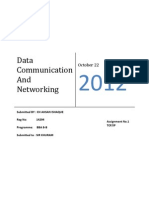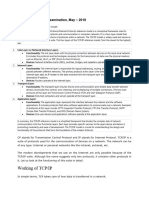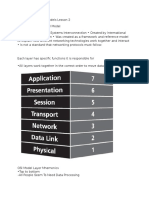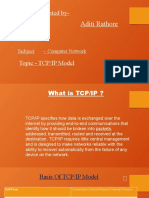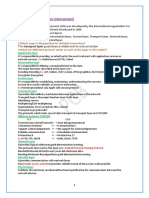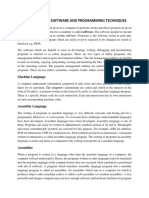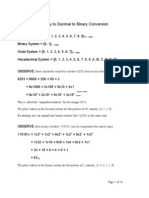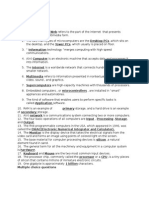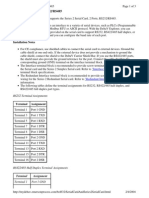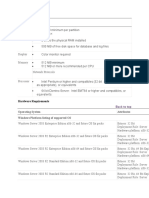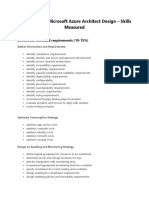0% found this document useful (0 votes)
15 views15 pagesTCPIP Reference Model - PPTX - 1
The TCP/IP model is a framework for network communication developed by the U.S. Department of Defense, consisting of four layers: Application, Transport, Internet, and Network Access. It facilitates data transmission over networks, ensuring interoperability and reliable communication through protocols like TCP and IP. While it offers scalability and standardized protocols, it has drawbacks such as less clear layer separation and security concerns.
Uploaded by
ravindrakaliya8Copyright
© © All Rights Reserved
We take content rights seriously. If you suspect this is your content, claim it here.
Available Formats
Download as ODP, PDF, TXT or read online on Scribd
0% found this document useful (0 votes)
15 views15 pagesTCPIP Reference Model - PPTX - 1
The TCP/IP model is a framework for network communication developed by the U.S. Department of Defense, consisting of four layers: Application, Transport, Internet, and Network Access. It facilitates data transmission over networks, ensuring interoperability and reliable communication through protocols like TCP and IP. While it offers scalability and standardized protocols, it has drawbacks such as less clear layer separation and security concerns.
Uploaded by
ravindrakaliya8Copyright
© © All Rights Reserved
We take content rights seriously. If you suspect this is your content, claim it here.
Available Formats
Download as ODP, PDF, TXT or read online on Scribd
/ 15







